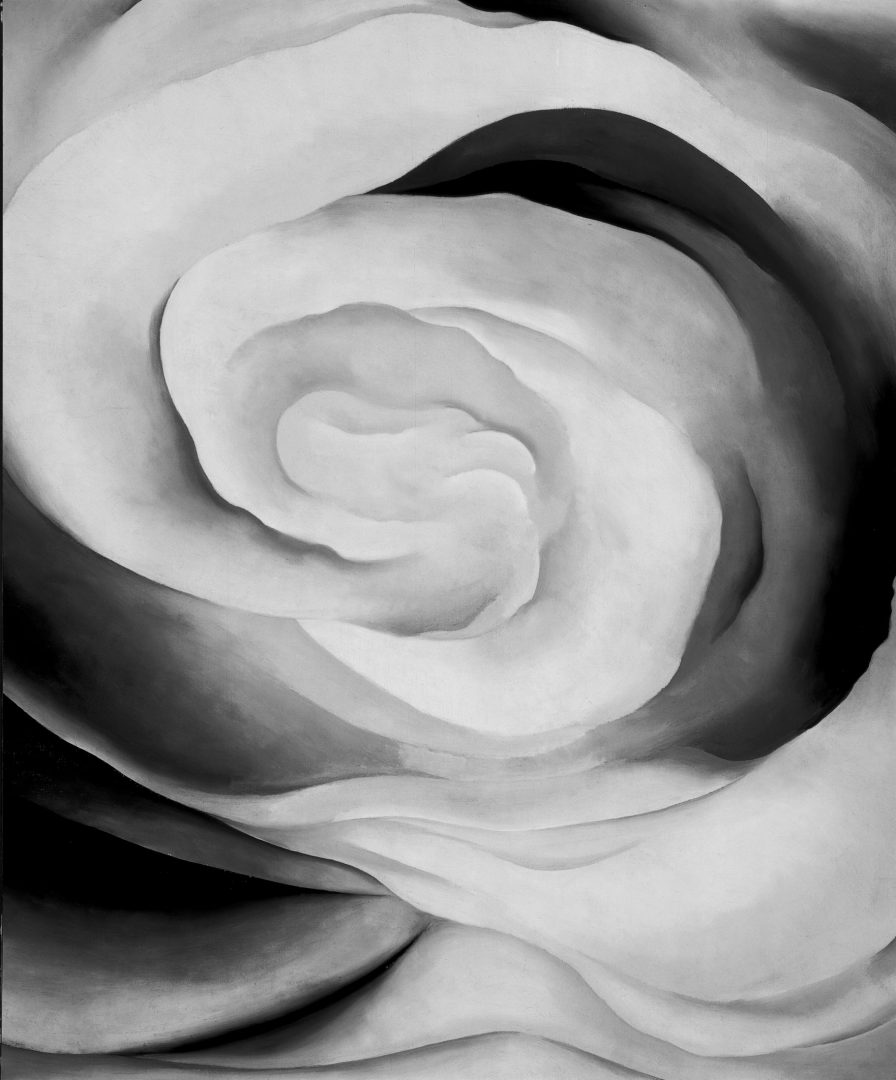Floral Abstraction: Whitney Explores O’Keeffe’s Early Works
June 27, 2011
Published: November 5, 2009
When most people think of Georgia O’Keeffe, they usually imagine flower and landscape paintings, yet this pivotal 20th century artist began her career with lesser known abstract works. “Abstraction,” a current exhibition at the Whitney Museum of American Art, invites viewers to see the works that made O’Keeffe highly influential in shaping the course of American abstract art. Appropriately enough, it was the Whitney that presented the last major exhibit of her work during her lifetime in 1970.

The exhibit focuses on the first two decades of O’Keeffe’s work and is arranged chronologically, illuminating the stages of O’Keeffe’s career as an abstract artist, and it offers a glimpse into the forces that influenced her changes in subject matter, mediums and style. Viewers are free to sit down on benches to observe O’Keeffe’s works at leisure. Featuring more than 130 paintings, drawings, watercolors and sculpture from The Phillips Collection and the Georgia O’Keeffe Museum, the exhibit begins with 10 smaller pieces from 1916-1917, when O’Keeffe became prominent in New York with a set of radical abstract charcoal drawings. The show chronicles the stages of O’Keeffe’s abstract art, from small drawings to watercolors and larger oils.
One can’t help but be drawn into the artwork when entering each room of the Whitney exhibit and looking at the daring splashes of vibrant colors on the walls. O’Keeffe’s large paintings, while abstract, remain incredibly visceral and sensual, immersing viewers in streaks of bold colors and stark contrasts between layers of dark and light shading. This is evident in “Early Abstraction” (1915), a drawing containing sweeping swirls of black, white and gray, as well as in the “Series I” (1918) works, which feature pink, blue and purple. O’Keeffe used abstraction to convey thoughts and sensations that she felt could not be expressed by other means. As she said in 1976, “Abstraction is often the most definite form for the intangible thing in myself that I can only clarify in paint.”
A huge influence on O’Keeffe was photographer and art dealer Alfred Stieglitz. The exhibit devotes one room to the two artists, including several nude photographs of the 34-year-old O’Keeffe taken in 1917 by Stieglitz, who was then in his fifties and married. Their photography sessions became increasingly intimate, and eventually the two married. Letters between O’Keeffe and Stieglitz are also on display. O’Keeffe later acknowledged the immense influence that photography, especially the series by Stieglitz, had on her art. When his photos of her, exhibited in 1921, fueled critics to interpret her abstract work as emblems of female sexuality, O’Keeffe made sure to take her work in a new direction with more representational art, reducing her output of abstractions so that she would not be pigeonholed as an artist.
Some of O’Keeffe’s works were forged from specific experiences, like the piece “Black Abstraction,” from 1927, which was inspired by her undergoing anesthesia to remove a benign breast cyst. The exhibit highlights the great diversity of her works by juxtaposing extremely dark paintings such as “Black Abstraction” next to colorful, vivid works such as “At the Rodeo.” Many of her abstract works, like “Jack in the Pulpit” (1930), are done in series, starting with a representational depiction of a thing—in this case, a flower—and then honing in on various aspects of the subject, allowing viewers to witness the progressive stages of abstraction. The “Pelvis Series” (1944), following O’Keeffe’s move to New Mexico after Stieglitz’s death, was inspired by the desert. She used animal bones, such as a pelvis bone, and held them up to the sky as framing devices to create unique, semi-abstract compositions.
The latter part of the exhibit displays works that O’Keeffe created with flat, geometric planes of color extending from one edge of canvas to the other. With this new approach, she reinvented her art, providing a precedent for a younger generation of painters whose similar use of color abstraction would mark the art of the 1960s and beyond.
The show, one of the largest of O’Keeffe’s work ever assembled, is on view on the third floor of the Whitney until Jan. 17, 2010.









